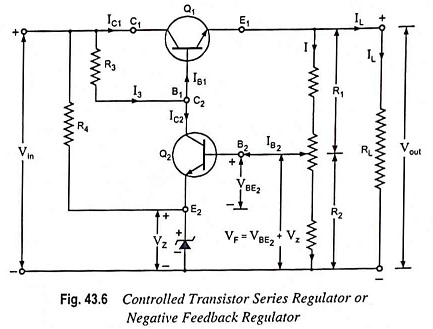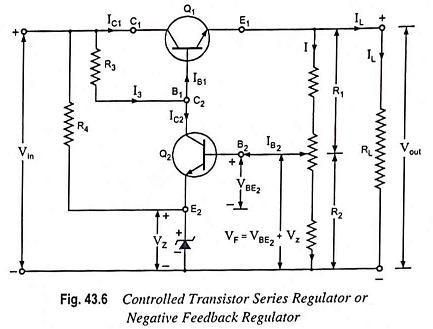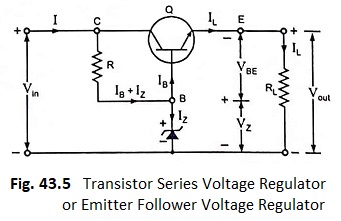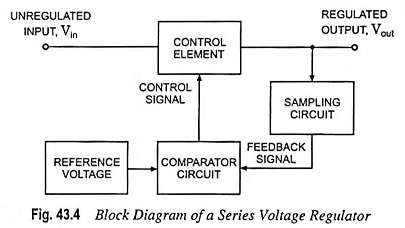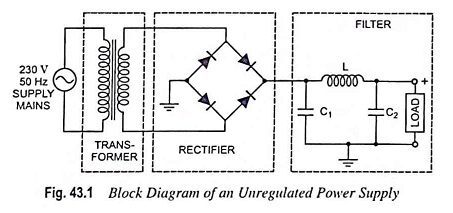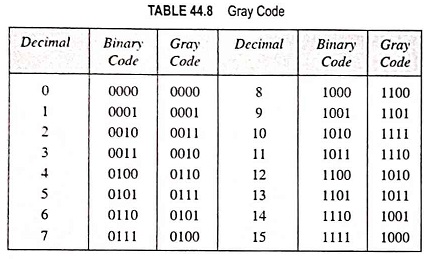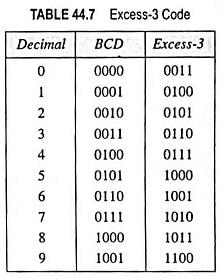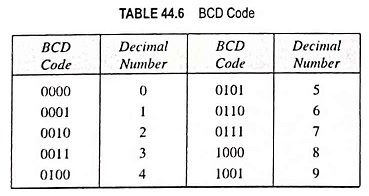Controlled Transistor Series Regulator with Short Circuit Protection
Controlled Transistor Series Regulator with Short Circuit Protection: Controlled Transistor Series Regulator with Short Circuit Protection - If the load resistance RL is reduced or load terminals are shorted accidentally, a very large load current…
